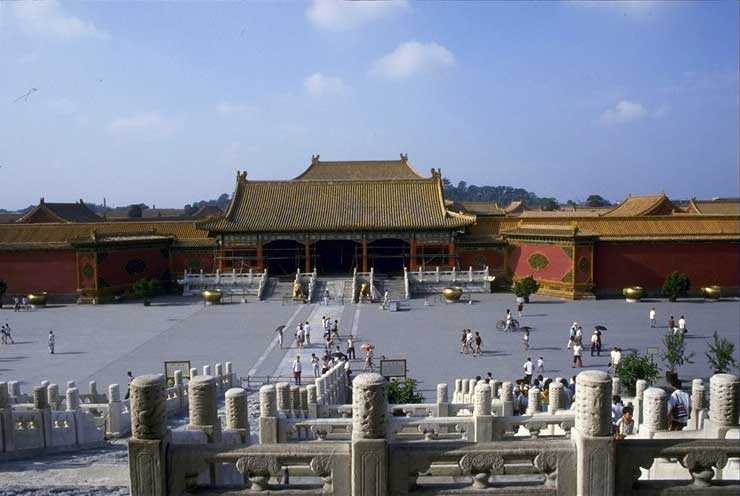1927-Chiang Kai-Shek Breaks With Communists
Chiang Kai-Shek led successful military campaigns, taking control of much of China. After Sun Yat-Sen's death, Chiang assumed control of the government and initially cooperated with the Communists. However, in 1927, he established a separate government and turned against the Communists. Chiang managed to suppress the Communists quickly, but this event marked the beginning of the Chinese Civil War. This conflict would last for 20 years and ultimately end with the opposite outcome..
Born on October 31, 1887, in Fenghua, Zhejiang, he grew up in a tumultuous era marked by political upheaval, the weakening of the Qing Dynasty, and the encroachment of foreign powers.
Chiang received his military training in Japan and later in the Imperial Russian Army. Upon returning to China, he joined the revolutionary forces working to overthrow the Qing Dynasty. Sun Yat-Sen, widely recognized as the founding father of modern China, established the Chinese Nationalist Party (Kuomintang or KMT) in 1911, and Chiang became an integral part of the party.
Following the death of Sun Yat-Sen in 1925, Chiang Kai-Shek assumed control of the KMT and the government. During the early years of his rule, Chiang collaborated with the Chinese Communist Party (CCP) in a united front against regional warlords, aiming to consolidate the country under the Nationalist government. Together, the KMT and CCP formed a fragile alliance, with shared goals of reunifying China and strengthening the nation.
However, this alliance was short-lived, and in 1927, Chiang established a separate Nationalist government in Nanjing, signaling a split between the KMT and the CCP. This turn of events marked the beginning of the end for the cooperation between the Nationalists and the Communists.
 >
>